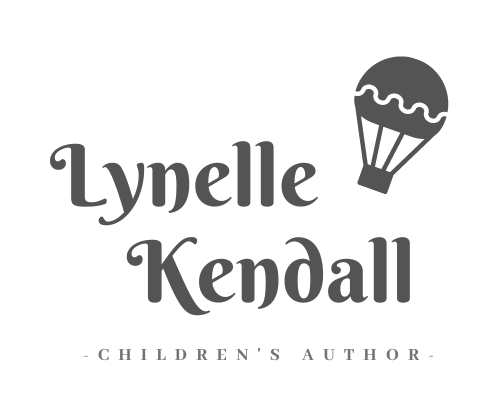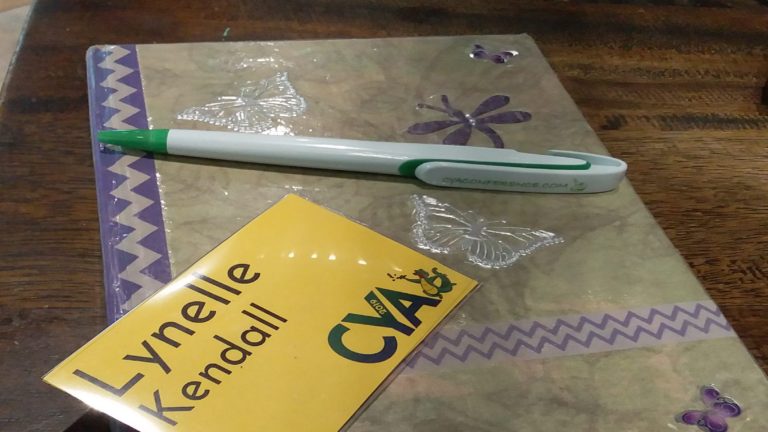5 Tips for Finding Your Story’s Form
When writing a new story it can hard to know which form will suit it best. Some authors are planners who set out to write a certain genre, word length or style from the outset. They may have plotted out a three-act structure where they know what will happen at each turning point of the story. Others value the journey of discovery as a blank screen or page sits in front of them.
When I start writing something new I often only have a single idea, character or ‘what if’ question to start the process. In the past, I struggled to know which format a story would take. Should it be a poem, a play, a story for a magazine or a middle grade story? Now I have more experience, I have a better feel for what the story may become. Here are some of the indicators that help me make this decision as the story unfolds.
1. Character age

Generally, the younger your character, the shorter your story should be. In the publishing industry it is generally known that children like to read stories about characters who are a year or two older than them. So a book about a six or seven-year-old will probably be suitable as an early reader. A book about a ten or eleven year old would be middle grade.
Picture books can be more flexible with the age of the main character, especially if they are animals, but children still want to be read books that they can see themselves in in some way.
2. Word length
As I write sometimes I am aiming for a word length. For a story I am writing for a magazine I am aiming for 1500 words. However, sometimes I get to that word count and only half the story has been told, and I know that there is more to the characters and plot than I initially thought. If you are having similar trouble, check out the word count recommendations below and they might help you work out where your story belongs.
Picture Book: 500 words
Early Reader: 1500-6000
Junior Fiction: 5000-10000
Short Story for children, usually in a magazine: 1500-2000
Short Story for adults: 3000-10000
Middle Grade: 20,000-60000
3. Language Complexity

For a picture book you can get away with some complex words because you know an adult will be reading to the child. However, for early readers and junior fiction, keeping your vocabulary simple and easy to read is very important. If your story is littered with beautiful flowery words that you can’t let go of, then you are definitely writing for an older audience.
4. Themes
The heart of your story can be gentle and sweet or hard hitting. Even picture books deal with tough topics, but always in an age-appropriate way. If your characters are dealing with some of the harder issues in life, it may be that your story is for older children who are mature enough to grapple with these problems.
Reading books is the perfect way for children to empathise and process challenging concepts, but it is important for us at writers to consider how to present them and who our target audience is.
5. Target audience

Picturing your perfect reader may help you nail down what kind of story you are writing. Is it for a reluctant reader or a child who thrives academically? Do you have a child in your life who you know will enjoy it? What other books are they reading at the moment?
Considering these five things will help you know what form your story will be best suited to. The more you write, the easier these kinds of decisions will become.

